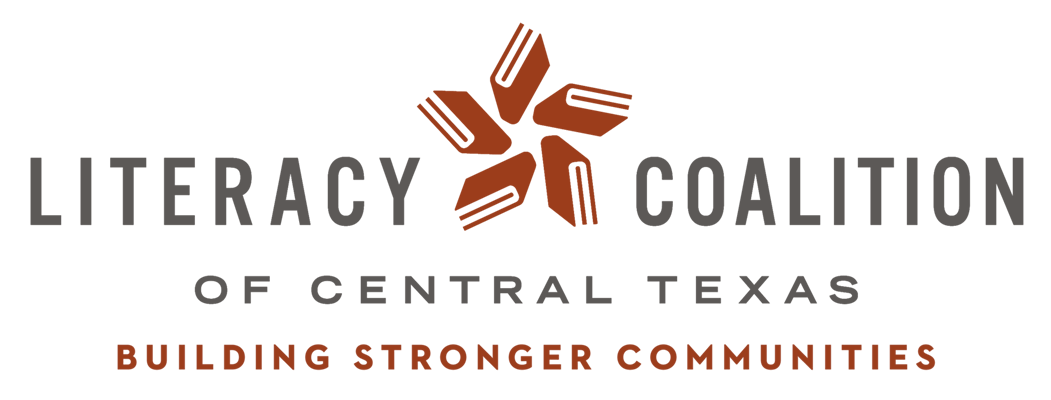Working with ESL learners dealing with literacy issues can pose many challenges in the classroom. Here are some tips for making your classroom a positive environment for literacy-level students.
- Minimize the use of text. This could include text from books and handouts, as well as what you write on the whiteboard. For literacy-level learners the use of large blocks of text can be overwhelming and intimidating.
- Use lots of visuals and realia to support and clarify oral language.
- Remember – students can understand a lot more language than they can produce. Give them opportunities to show what they know without having to produce or write language. For example, you could incorporate TPR or have students respond to comprehension questions with Signal Cards.
- Use lots of repetition and frequently review material.
- If you call on students to speak in class, be sure to give them plenty of time to work with the language and practice before producing English. Never ask students to read something aloud they are not familiar with and haven’t had the chance to practice reading.
- Try using Chalk Talk. Chalk Talk gives literacy-level students the chance to express themselves without having to use a lot of English.
If you’re looking for additional resources, check out Bow Valley College’s ESL Literacy Network (http://www.esl-literacy.com/). They have several readers for literacy-level ESL students (http://www.esl-literacy.com/readers/index.html). Also check out the current schedule of learning activities at ELL-U (http://ell-u.org/). You can find free study circles, online courses, and learning clubs for adult ESL teachers working with students who are emergent readers.
What other suggestions do you have for working with literacy-level ESL students?
